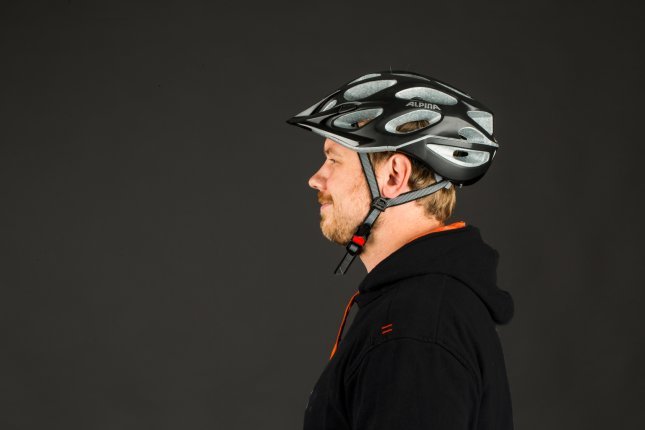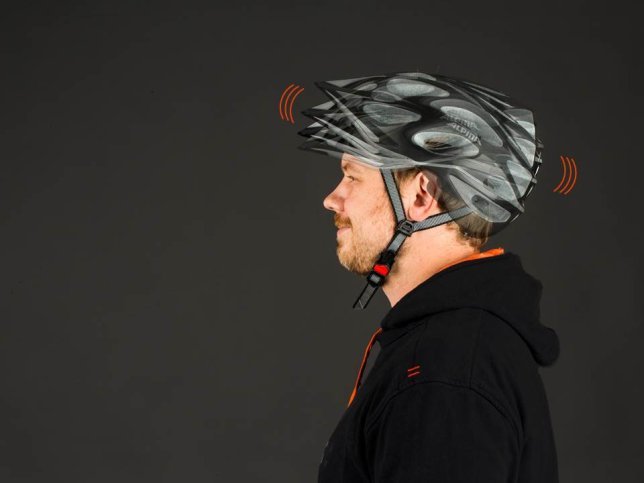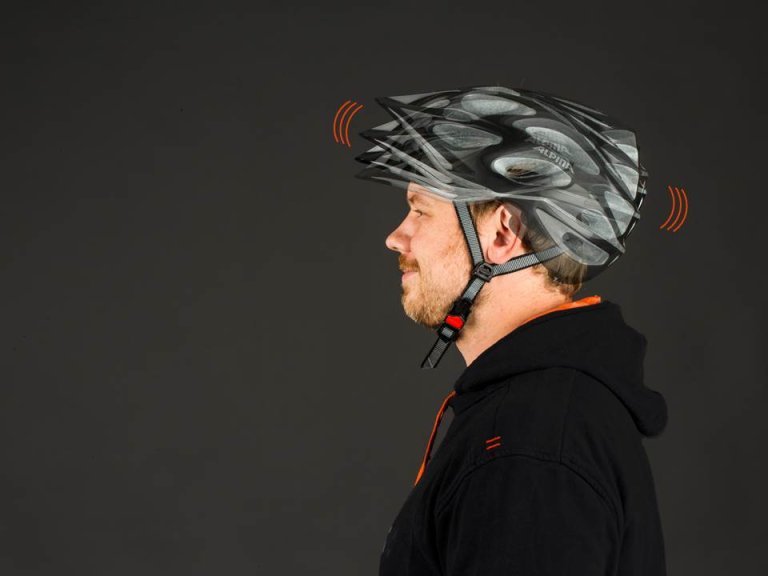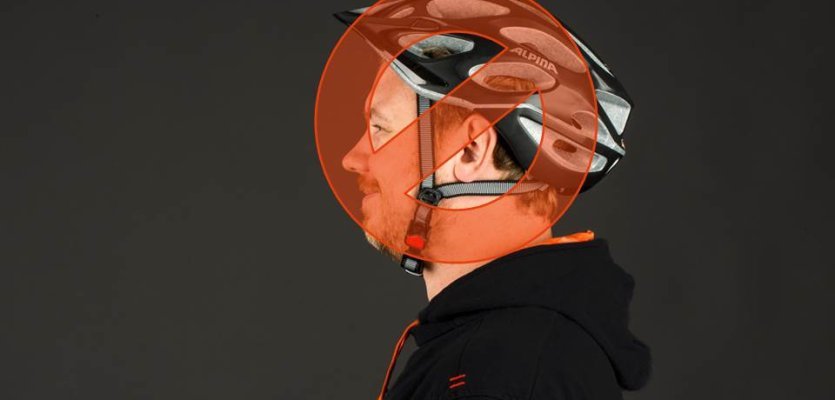
How to fit your bicycle helmet correctly
A helmet protects the head, but only if it is correctly fitted. This easy step-by-step guide shows you how to choose the right size.
A helmet protects the head, but only if it is correctly fitted. It is not uncommon to see people wearing a bicycle helmet in a way that not only looks funny, but completely defeats its purpose and leaves the rider vulnerable to serious injury.
This post will show you how to choose the right size helmet and how to adjust it to your head. Only a helmet that stays on your head during an accident can protect you.
Before you buy
Before purchasing a new helmet, you should give the sizing a thought. Helmet sizing is based on head circumference. Although almost all new helmets can be adjusted to your heads circumference, they still come in different sizes, which vary between brands as no single standard exists. For example Alpina’s Size M is intended for a head with the circumference between 55-57 cm (21.65–22.44 inches) while MET’s size M ranges from 56-59 cm (22.05-23.23 inches).
So get out your tape measure and wrap it around your head. Start about 2 cm, or a little less than an inch, above your eyebrows and run it around the back of your head, letting it slope down a little bit. Once the two ends connect, leave your finger on the measuring tape to mark the spot, take it down and read off your head circumference.
The perfect fit – Adjusting the Straps

...
Once you have decided on a model in your size and hold it in your hands, you still have to configure it to your own head by adjusting the straps. Follow these guidelines carefully:
- The chin strap should be as tight as possible, without restricting your breathing.
- The strap triangle should be right below your ear.
- The straps forming the triangle should all be equally tight without any play.
On-the-head tension adjustment

...
To fine-tune the helmet to your individual head size, you use the on-the-head tension dial, wheel or ratchet. Every brand has a different name for this system. Without the straps closed, you basically tighten the adjuster until you feel a light tension and the helmet sits snug on your head. Now it should not move without applying force. Some models also allow for some height adjustment as every head has a different shape. It also comes in handy if you have a ponytail. Before removing the helmet, you need to loosen the on-the-head tension.
Further adjustment

...
Is the helmet still too loose? There can only be two reasons for this:
- The helmet is too large
- The pads are too thin. However, most helmets come with thicker replacements in the package or they can be purchased separately.
Now you have successfully fit your helmet. Whether it be trail or road, have fun riding, but even with a properly fit helmet, know where your limits are!




































